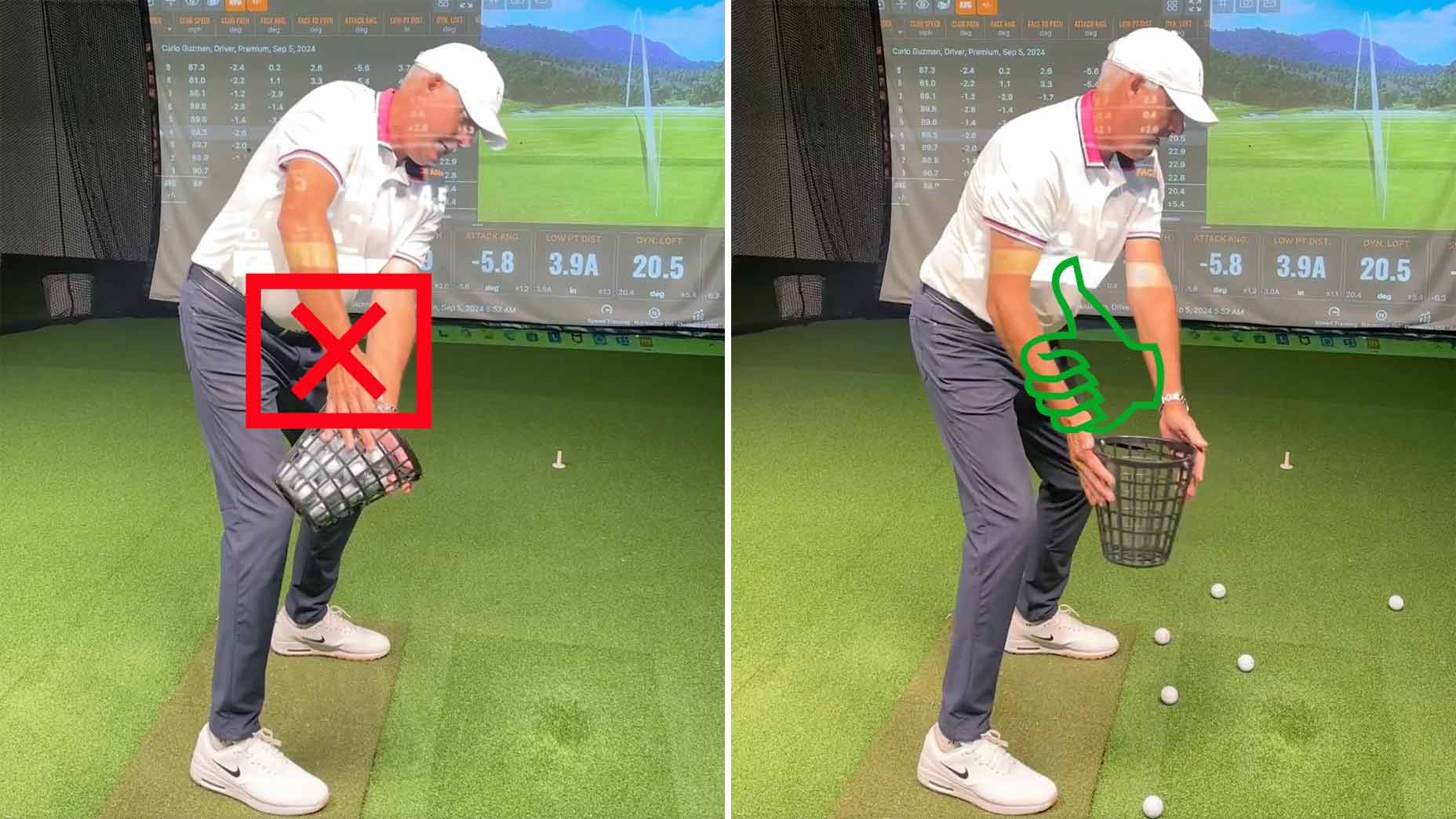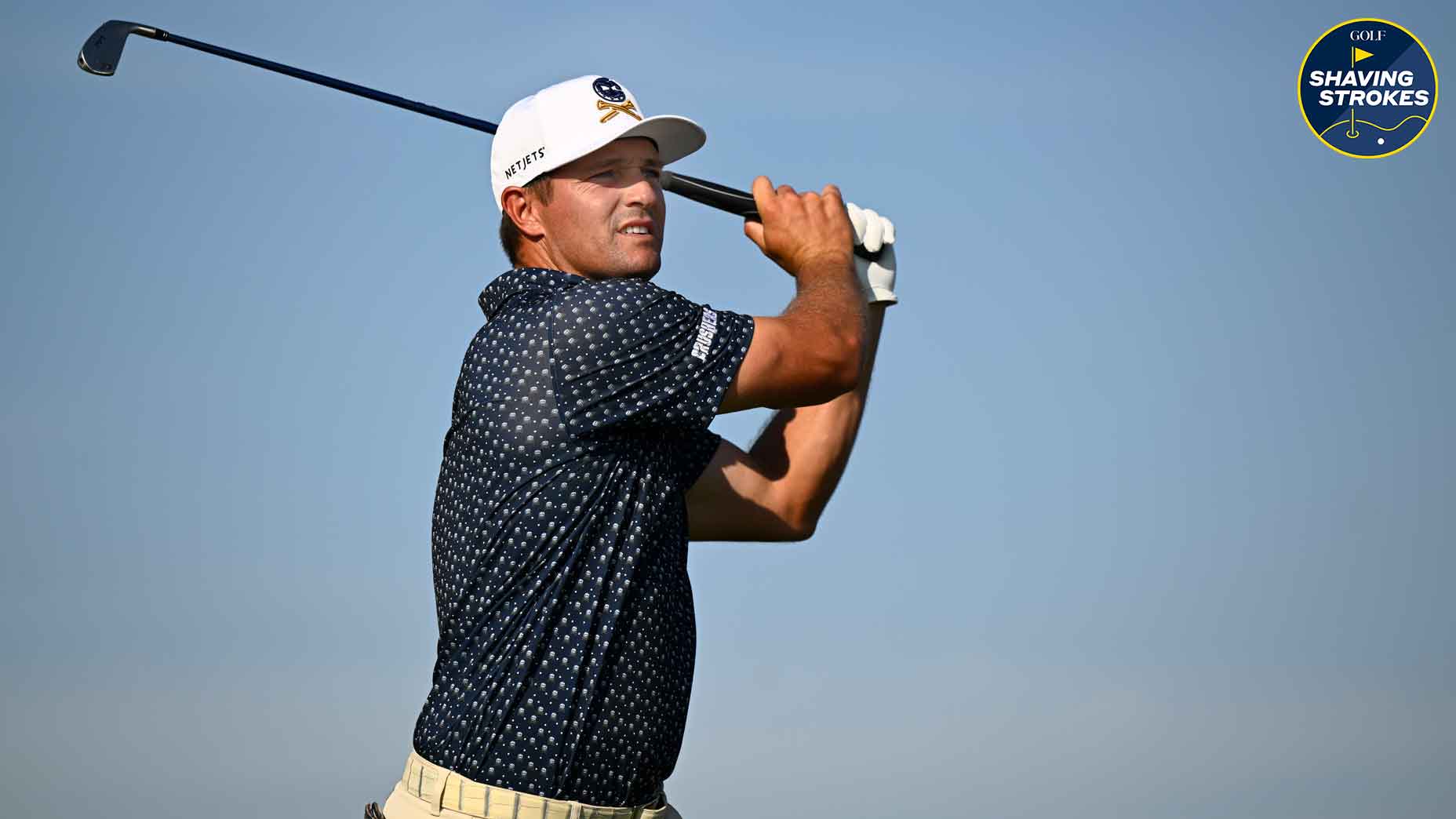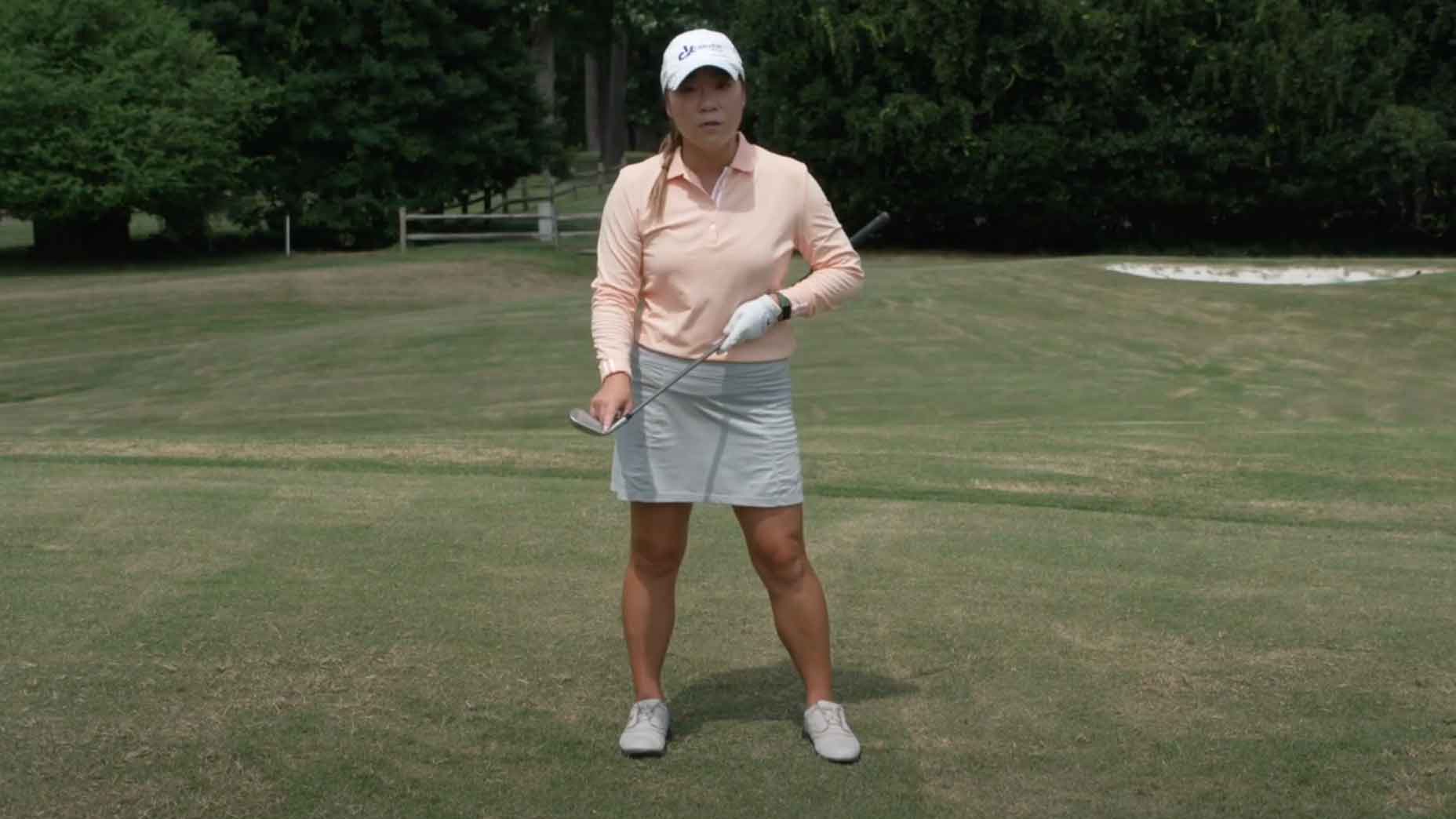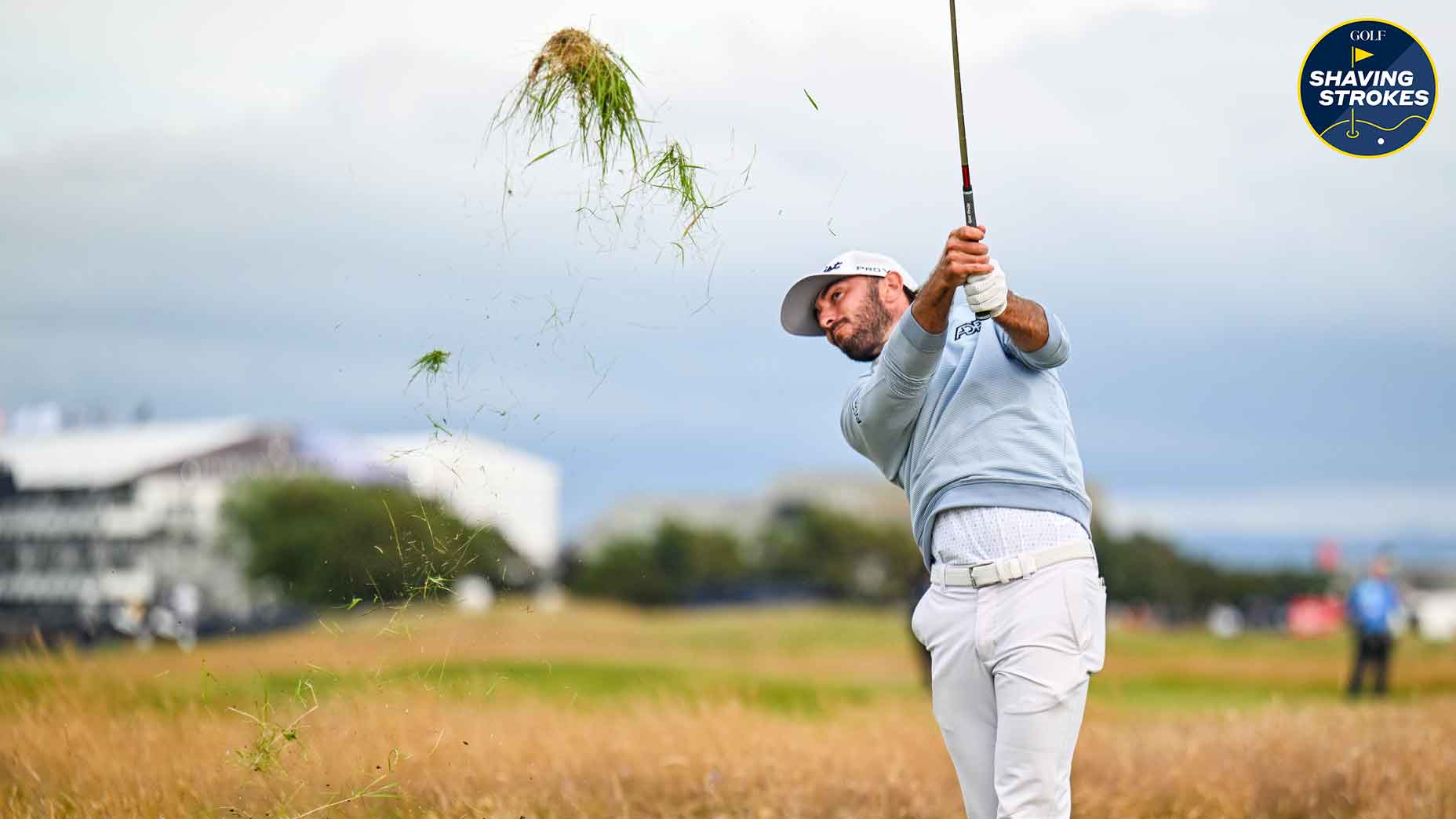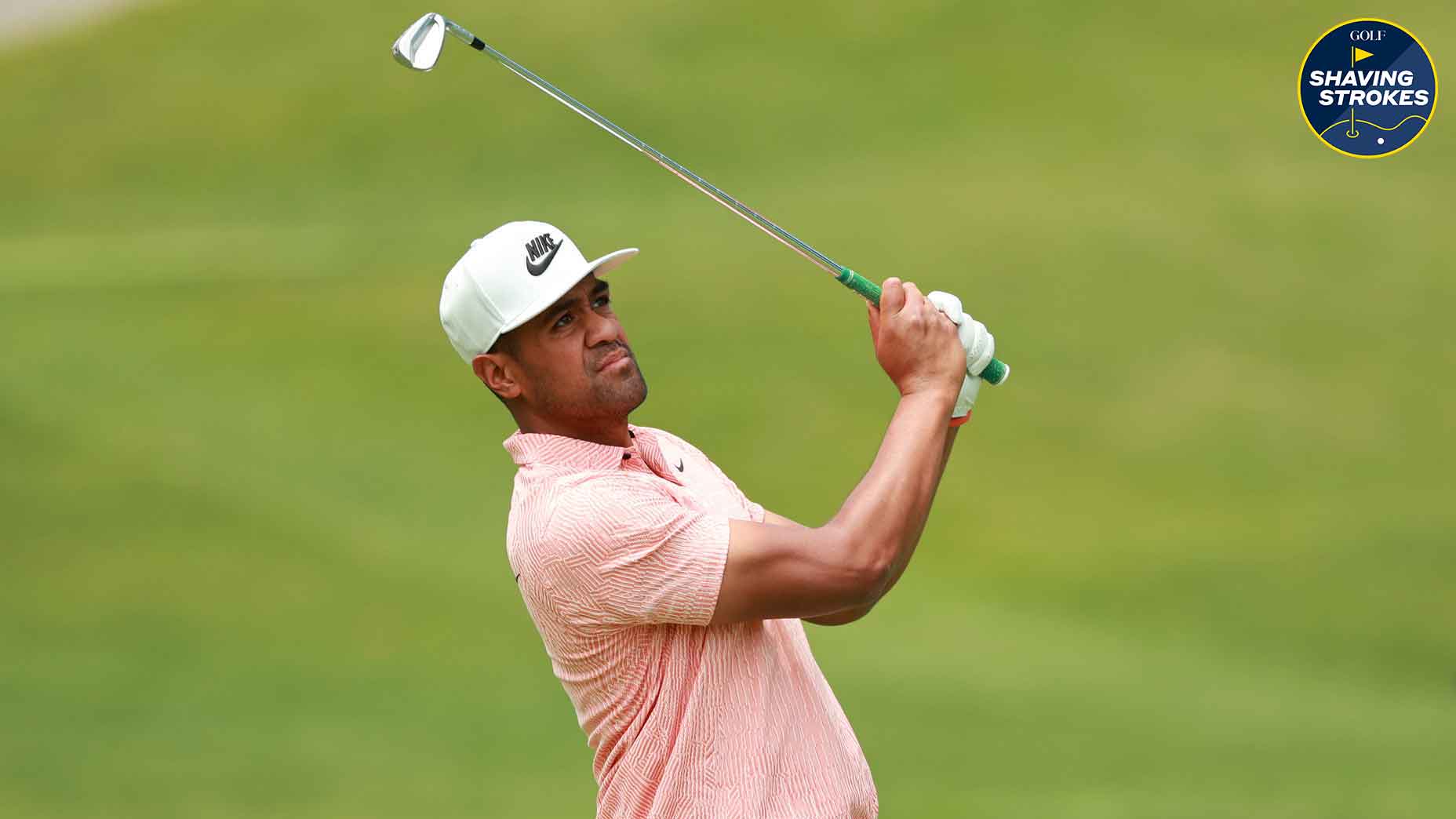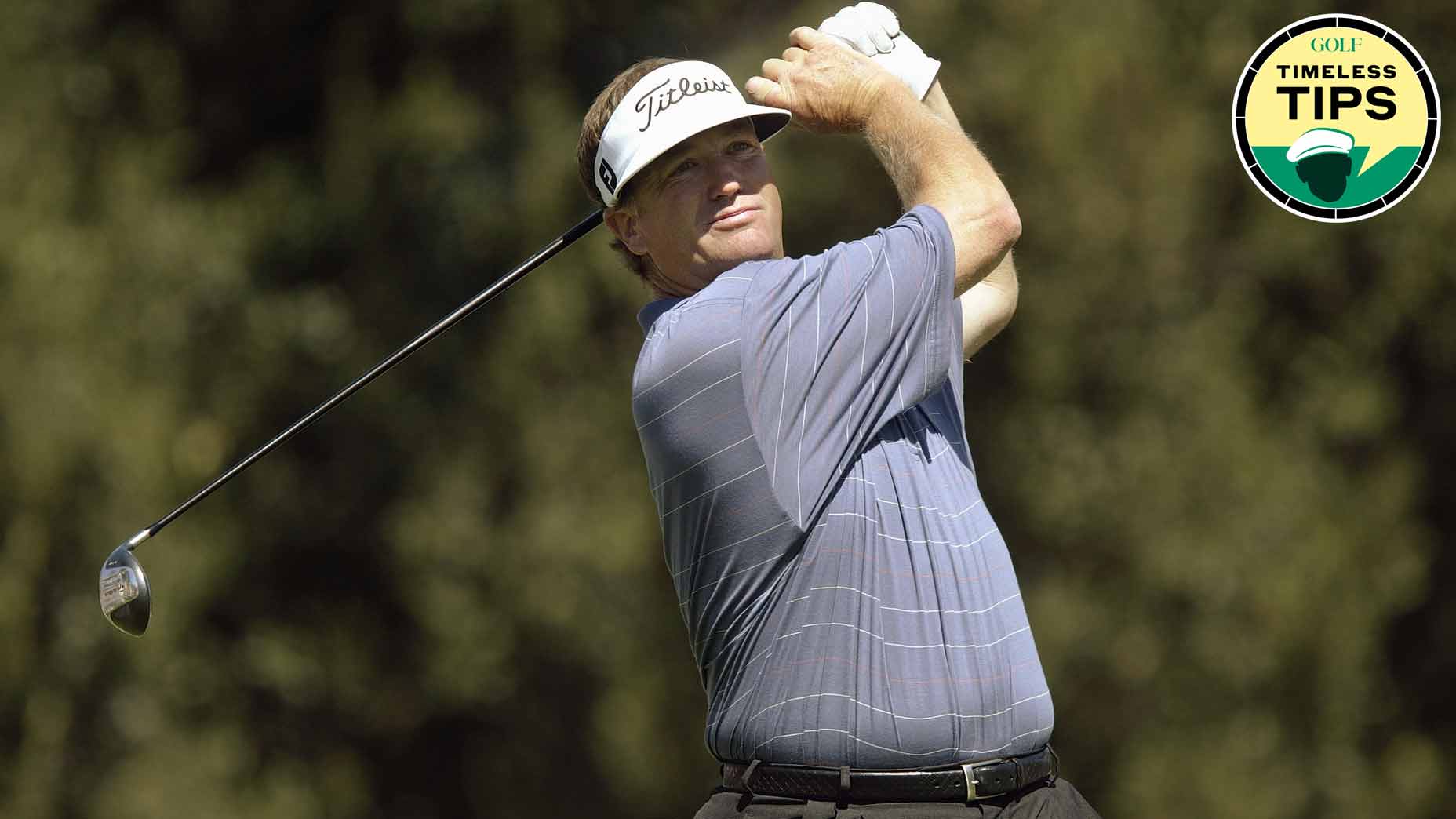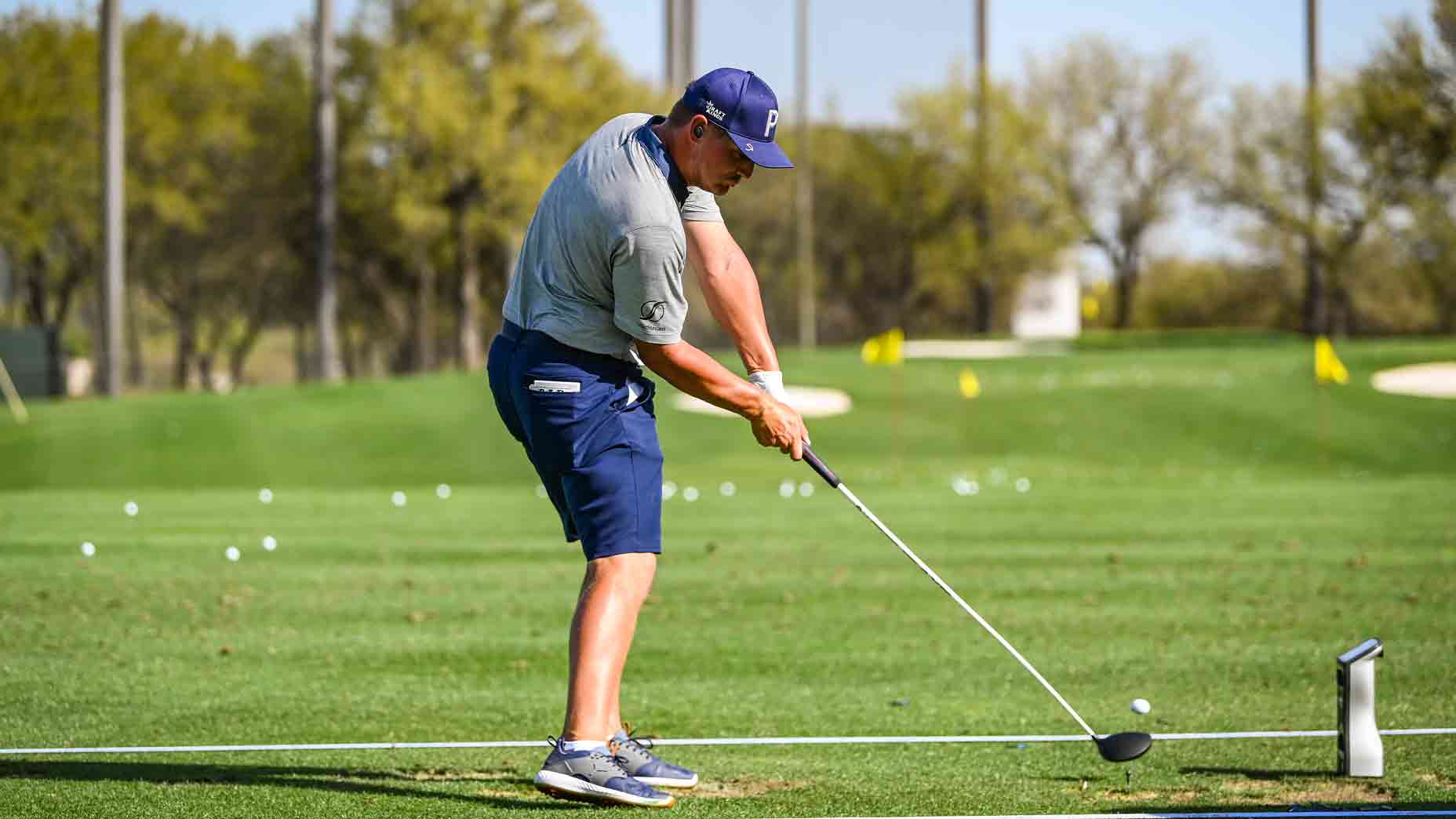3 common swing position faults — and how to fix them
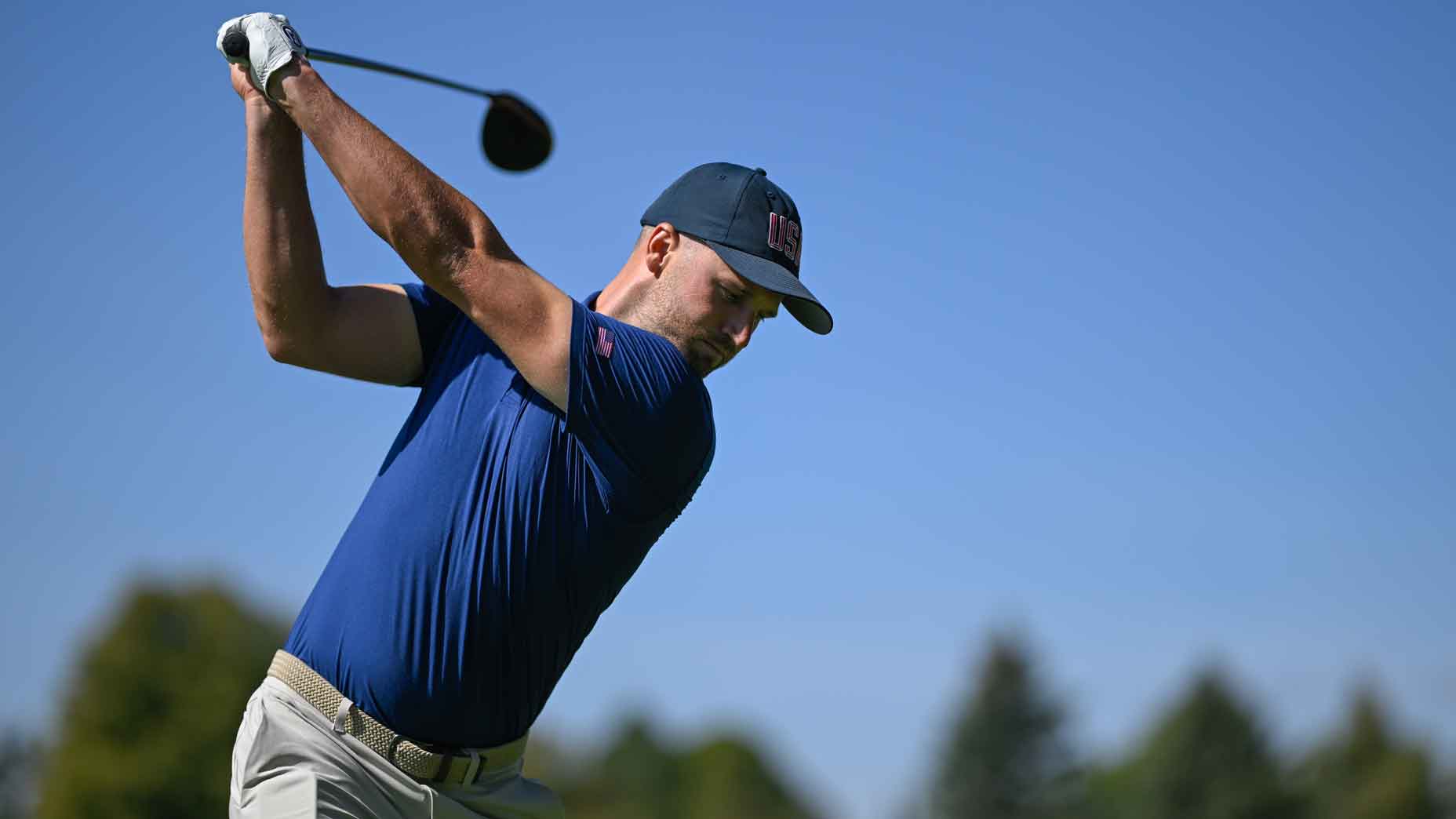
Stop these common golf swing flaws and instantly see better contact.
Getty Images
There are so many different movements in the golf swing that it’s tricky to properly sequence them all with consistency. That’s why you and I are reading tips pretty much everyday, and the professionals are out there showing us how it’s done.
“Golfers can move in six degrees of motion,” GOLF Top 100 Teacher Kevin Sprecher says. “They can bend (forward and backward), turn (right and left), tilt (right and left), be vertical (lift and drop), be lateral (left and right), and thrust (toward and away from the ball). All of these movements happen during a golf swing, unbeknownst to the golfer, because the swing takes less than three seconds to complete.”
Trouble is, when one of those movements becomes too extreme, it can impact another movement, leading to inconsistency and frustrating strokes on your scorecard.
While there are plenty of different swing flaws that can mess up your game, Sprecher focuses on the effect that bending toward and away from the ball has, and offers up three fixes to improve. Check out his tips below.
Avoid these 3 golf swing movements
“In the backswing, if you’re too close or or too far away from the ball, it ultimately affects the amount of coil you create,” Sprecher says. “Lack of body rotation in the backswing makes it difficult to generate power, shallow the shaft in the downswing and create a proper sequence of motion — resulting in poor contact.”
So here are Sprecher’s three faults and fixes for incorrect bending during the swing.
Fault 1: I see many golfers bend either too far forward or backward during the backswing because they start back with their arms instead of turning. The arms tend to travel independently of the upper body, causing incorrect movement.
Fix: Take an alignment rod and hold it along the shaft to extend under the lead arm. Keep the rod against the lead side of the torso until the hands are outside the trail leg. If the rod separates from the torso, you know the movement is compromised.
Fault 2: Standing an improper distance from the ball can cause you to bend either too far forward or backward.
Fix: Use a pre-shot routine to determine the correct distance from the ball. Start with both hands on the club and the clubhead behind the ball, then move uncomfortably close to the ball.
Now back up slowly and find a comfortable distance to play from while in balance.
Fault 3: Your backswing is too long, causing a backward bend in the backswing. Excessively long backswings can cause you to start the downswing with the arms and pull down with the upper body.
Fix: Work on a more connected backswing by placing a towel headcover under the lead arm. Placing an object under the lead arms restricts how far the arms can travel, which creates the feeling of a connection.
Take a few slow practice swings. As you get more comfortable with the backswing length, now try to add speed. Slowly ramp up to a normal speed and try to swing with nothing under your arm.
GolfForever Swing Trainer
$199.99
View Product




